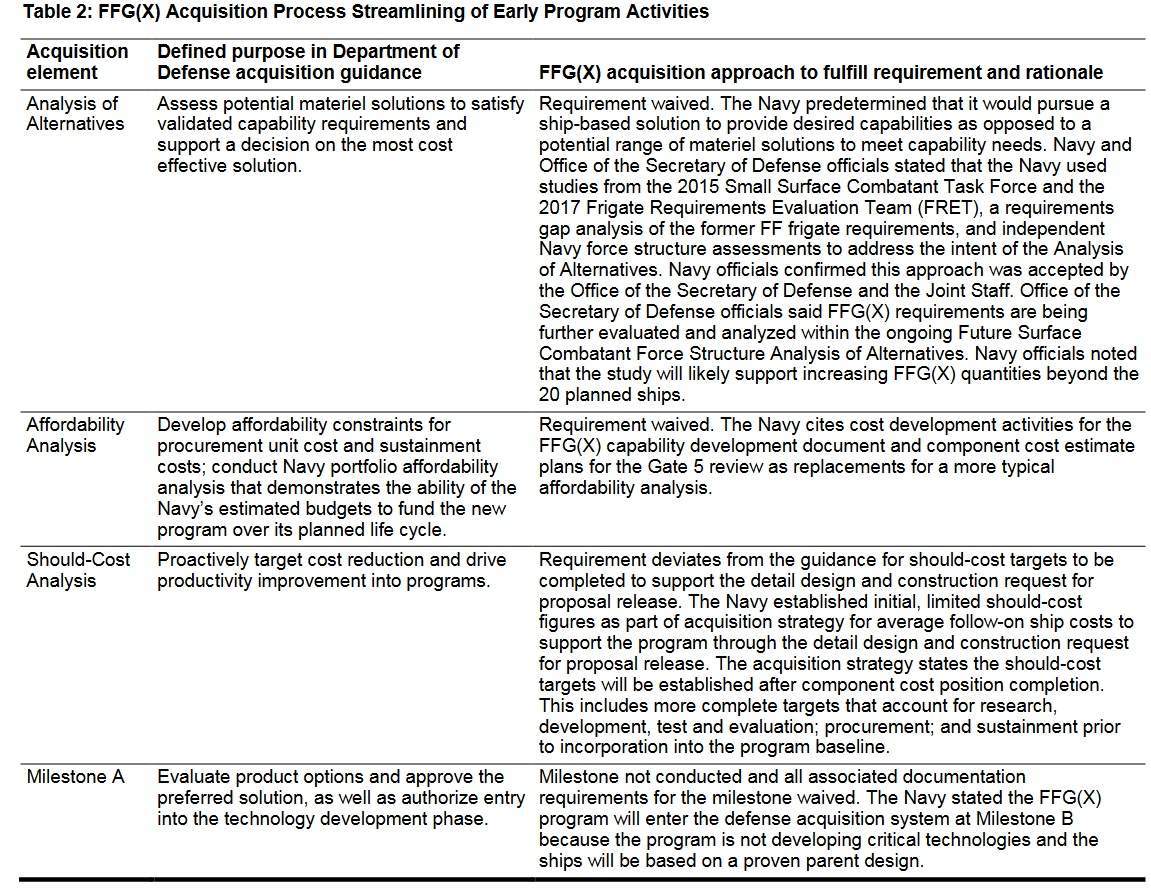Jura The idiot
General
May 15, 2019
Navy Issues Draft Request for Proposal for Large Unmanned Surface Vehicle

whatever:May 6, 2019
now
Navy Planning Aggressive Unmanned Ship Prototyping, Acquisition Effort
and I ask if they have ConOps of those things, or poured in "almost $3 billion" just like that?
Navy Issues Draft Request for Proposal for Large Unmanned Surface Vehicle
The Navy has put a call out to industry to send in ideas for its planned fleet of corvette-sized unmanned surface vehicles, .
The draft RFP for the Large Unmanned Surface Vehicle program starts the work of transitioning the effort from the Pentagon’s Strategic Capabilities Office two-hull Ghost Fleet into a full-fledged shipbuilding program. The draft comes ahead of a final RFP due out later this year.
“The LUSV will be a high-endurance, reconfigurable ship able to accommodate various payloads for unmanned missions to augment the Navy’s manned surface force,” read a summary of the program. “With a large payload capacity, the LUSV will be designed to conduct a variety of warfare operations independently or in conjunction with manned surface combatants. The LUSV will be capable of semi-autonomous or fully autonomous operation, with operators in-the-loop (controlling remotely) or on-the-loop (enabled through autonomy).”
A USNI News questions for additional details on the general requirements for the program was acknowledged by a Naval Sea Systems Command spokesman but not immediately answered.
As part of the fiscal year 2020 budget, the Navy asked for $400 million to build two LUSVs that are about 200 to 300 feet in length with a displacement of about 2,000 tons as a research and development program, officials told USNI News earlier this year.
An unmanned surface industry day earlier this year drew almost 80 companies interested in the work, USNI News has learned.
The plan is for the first two LUSVs to closely follow the SCO’s two Ghost Fleet ships developed for the unmanned Ghost Fleet Overlord program. The initial hulls are based on designs similar to Offshore Support Vessels that have been used by the oil and gas industry.
The Navy intends to integrate the two SCO Overlord hulls and the follow-on LUSVs with the Aegis Combat System as well as other sensors to tie the ships into the Navy’s existing command and control infrastructure on its manned ships, according to a summary of the effort reviewed by USNI News.
While the concept of operations for the LUSV and the Medium USV are still very much under development, the general idea is the ships could expand not only the fleet’s sensor reach by adding more nodes to provide data to commanders but also deepening the fleet’s magazines by fielding additional missile cells that could fire on remote at the direction of a manned ship.
The planned family of unmanned surface vehicles fits into the larger Pentagon drive to create “attritable” systems that will keep the U.S. military competitive with an adversary like China which has an advantage in the number of hulls, personnel and specialized anti-ship ballistic missiles.
In particular, the Pentagon has been public on the threat of the Chinese DF-21D and DF-26 missiles that are designed to hold U.S. capital ships at risk from hundreds of miles away.
“We have to guard against things like the DF-21, DF-26 and the whole plethora of Chinese missiles that can reach out and strike a surface fleet or territory out as far as Guam,” Alan Shaffer, deputy under secretary of defense for acquisition and sustainment, .
For its part, Navy leaders have said they’ve wargamed the unmanned surface concept to the point where they want to put prototypes to sea.
“We’re at the point where we really have to get them out there to start understanding how tough are these things, how robust, and how are they going to integrate with the fleet, what kind of policies are going to surround these systems when you start talking about potentially separating weapons from humans,” Vice Adm. Bill Merz, then deputy chief of naval operations for warfare systems (OPNAV N9), .
“So we’re cautious on that side, but we’re very aggressive in getting it out there, so we’re trying to run these parallel paths and illuminate these challenges and start resolving them in parallel.”
Congress is less confident. The House FY 20 authorization bill cut $90 million from the LUSV program request to the service’s protests.

the biggest USN leapfrogging since LCSs?US Navy’s unmanned surface concept. NAVSEA Image

